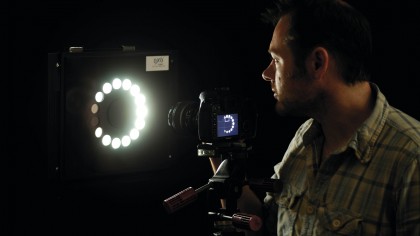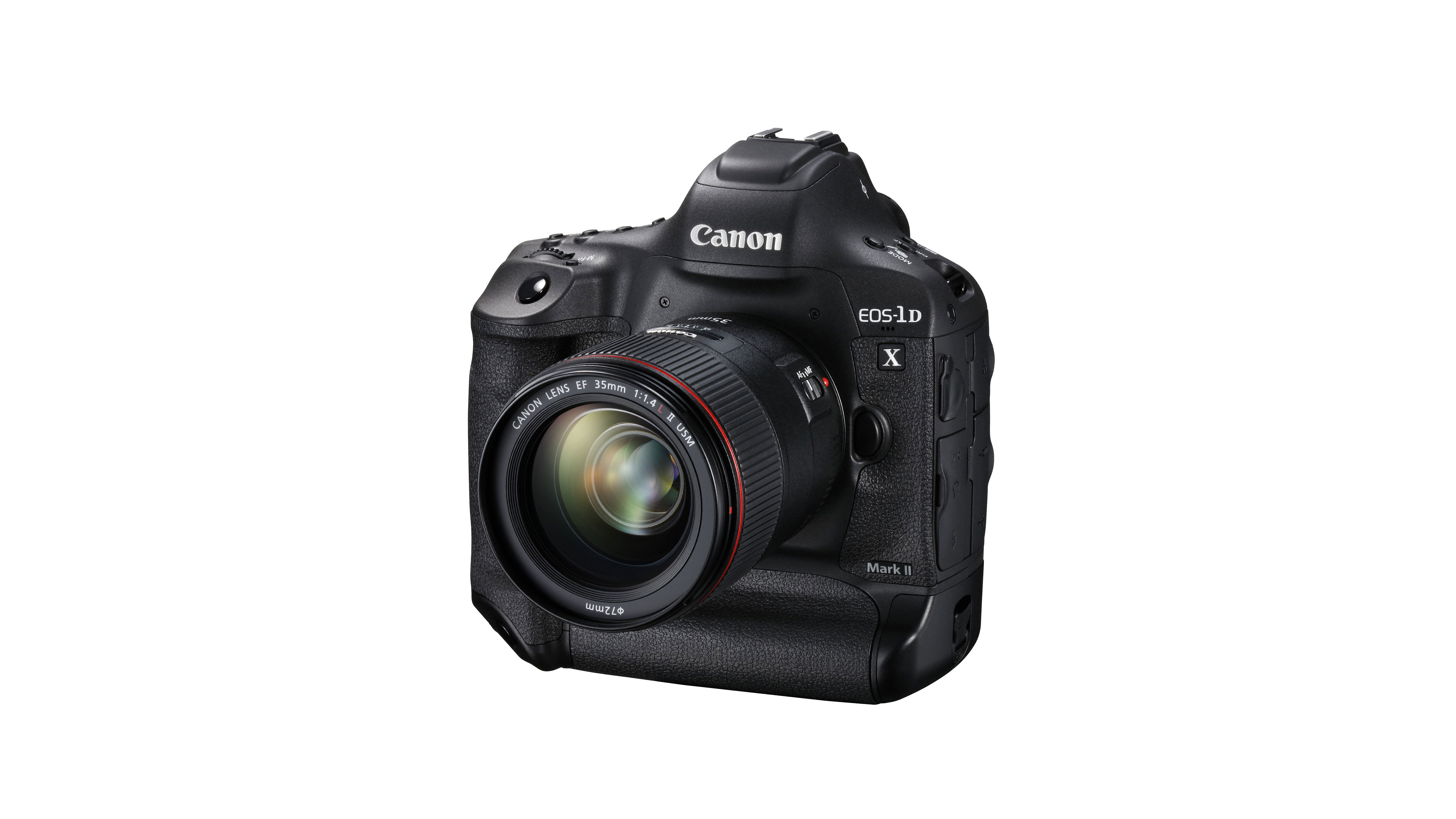Why you can trust TechRadar
Dynamic range is a measure of the range of tones the sensor can capture. Cameras with low dynamic range will often show 'blown' highlights or blocked-in shadows. This test is carried out in controlled conditions using DxO hardware and analysis tools.

Read: Noise and dynamic range results explained
Dynamic range is measured in exposure values (EV). The higher the number the wider the range of brightness levels the camera can capture. This falls off with increasing ISO settings because the camera is having to amplify a weaker signal. Raw files capture a higher dynamic range because the image data is unprocessed.
Canon EOS-1D X Mk II dynamic range charts

JPEG dynamic range analysis: The D5 has the upper hand for much of sensitivity range, but this is as much about how the two companies want their cameras' JPEGs to appear as it is about dynamic range. The Canon files have a little more contrast, which means their dynamic range is likely to be lower, but they may be more appealing without any post-capture editing.

Raw (converted to TIFF) dynamic range analysis: The raw file results appear to confirm our comments about the JPEG scores, as the 1D X Mk II achieves a better score for much of the sensitivity range. This means that for the lower sensitivity values at least, the Canon camera captures a broader range of tones.
Current page: Lab tests: Dynamic range
Prev Page Lab tests: Resolution Next Page Lab tests: Signal to noise ratio